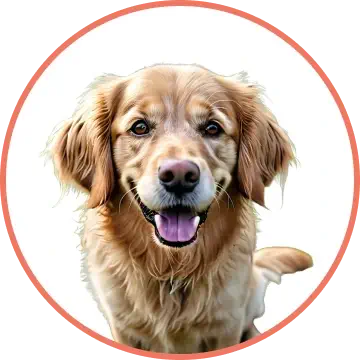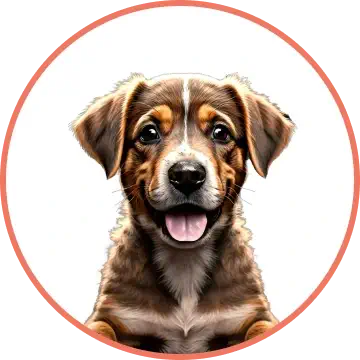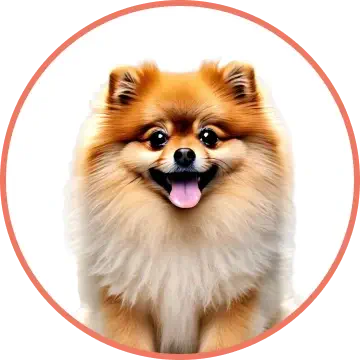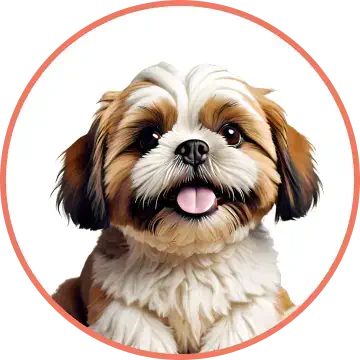About Pug
Pugs are small, affectionate, and full of charm. Originally bred in China as lap dogs for royalty, they still carry that confident, attention-loving personality. Their wrinkled face, curled tail, and comical expressions make them stand out — and they know it.
They enjoy human company, follow you from room to room, and don’t like being left alone for long. While playful and sociable, they can also be a little stubborn during training. Short sessions with treats and praise work best. They adapt well to small homes and are excellent indoor companions.

Male
Ideal height: 55-62cm Ideal height: 29 - 36kg

Female
Ideal height: 54 - 60cm Ideal weight: 25 - 32kg
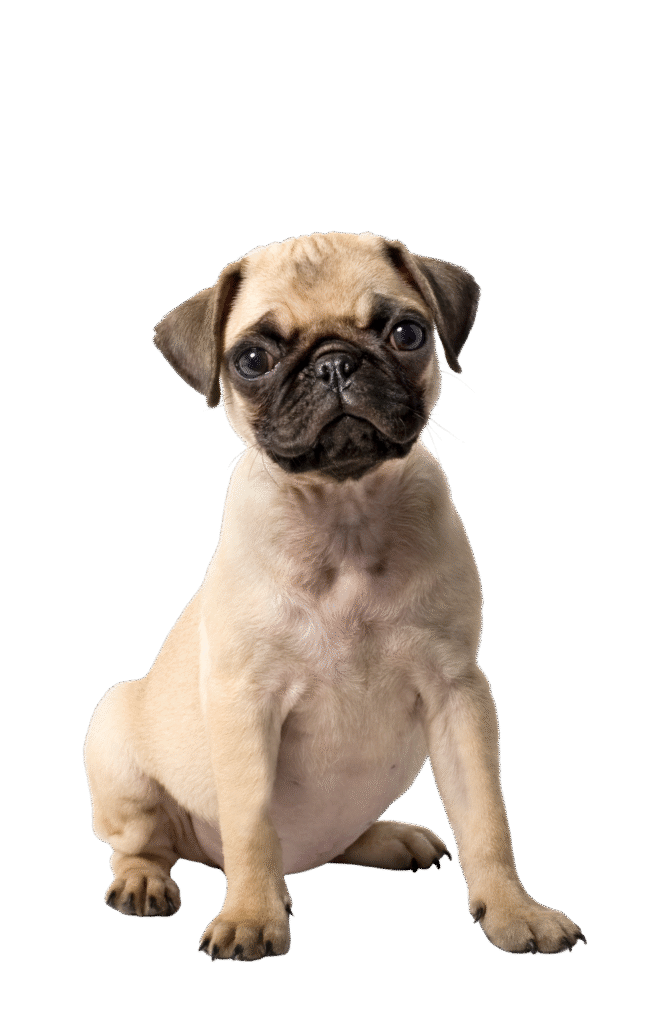
Size
Medium
Life Span
10 – 12 Years
Coat
Color
Medium
Traits & Characteristics
100%
100%
40%
60%
100%

Heat Tolerance
upto 27° C

Cold Tolerance
Upto -6° C

Best Diet for Pug

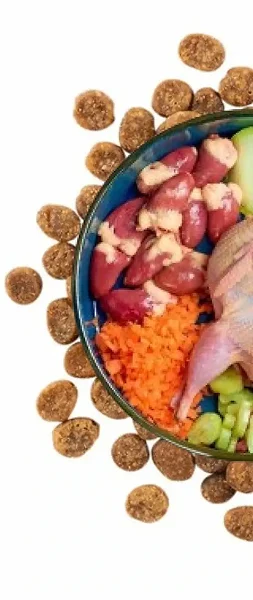
Carbohydrates
30 – 50%
Protein
20 – 30%
Fats
8 – 16%
Essentials, Vitamins & Minerals
6 – 8%
Fiber
2 – 4%
Total Kcal
1,000 – 1,500
Must Have Meal for a Pug
2 meals per day — once in the morning and once in the evening. Pugs have a tendency to overeat, so portion control is key. Stick to fixed meal times to avoid begging and weight gain.
Avoid feeding late at night, and never offer food just to stop attention-seeking behaviour. Puppies may need 3–4 smaller meals a day until about 6 months of age.
Foods to Avoid:
Chocolate, grapes, raisins, onions, garlic, cooked bones, avocados, alcohol, caffeine, raw dough, salty or fried food, sugar-free items with xylitol (e.g., gum, candy).
Use clean bowls (no plastic), and always offer fresh water.
🐾 Try Our Pug Fresh Food!
Wholesome, freshly cooked meals crafted for your Pug ’s health and happiness.
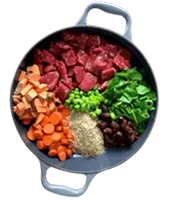
Book a Dog Diet Consultation
Get personalized diet advice for your Labrador Pug for Absolutely FREE
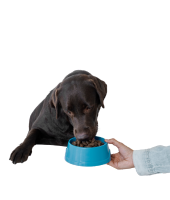
Pug Diet
Opting for fresh meals ensures your Pug gets natural, nutrient-rich food that supports healthy growth, strong bones, and a healthy coat. Pugs are prone to obesity, so balanced meals with controlled portions are key to keeping them fit and active. Fresh meals are easier to digest than dry kibble and can help your Pug stay energetic and happy every day.
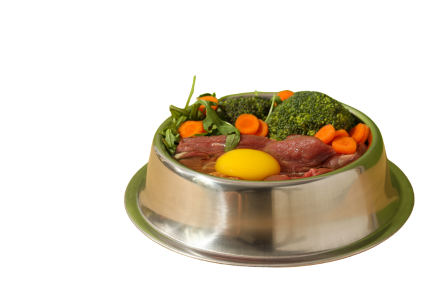
Protein Based Diet
Pugs thrive on a protein-rich, fresh diet that keeps their muscles strong and coat glossy. Vegetables like sweet potato, pumpkin, carrots, and spinach provide fiber and essential vitamins. Lean proteins such as chicken, lamb, or fish supply high-quality protein and omega-3s.
Simple meals like chicken with rice and veggies, or fish with quinoa and spinach, support a Pug’s energy needs. A touch of olive oil or fish oil is great for joint and coat health.
❌ Avoid harmful foods: onion, garlic, grapes, raisins, avocado, chocolate, excess salt, and oily/fried foods.
WEIGHT, STRENGTH AND GUT CONSIDERATE DIET
Pugs are prone to weight gain because of their love for food, so a balanced, portion-controlled diet is very important. Fiber-rich foods like pumpkin, carrots, and beans support digestion, while lean proteins such as chicken and fish keep muscles strong without adding excess calories.
Adding probiotics from curd or yogurt helps maintain gut balance, while omega-3 fatty acids from fish oil support joint health and reduce inflammation—especially important for Pugs.
Consider Their Age
Just like humans, a Pug’s diet changes as they grow.
🐾 Puppies (6-12 months): Need protein-rich, calorie-dense meals to support growth, strong bones, and immunity.
🐾 Adults (1-7 years): Require balanced diets with lean protein, healthy fats, and controlled calories to fuel energy and maintain muscle.
🐾 Seniors (7+ years): Benefit from a lower-calorie, lower-fat diet to prevent weight gain as their activity levels decrease. Foods with added joint support and antioxidants are highly recommended to support aging.

Apple
Provide fiber and vitamins; ensure seeds and core are removed.

Carrot
Crunchy and rich in vitamins; supports dental health and is low in calories.
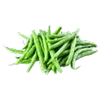
Green Beans
Low in calories and high in fiber, aiding digestion and keeping them full.
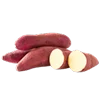
Sweet Potato
Nutrient-dense with fiber, helping digestion and providing essential vitamins.
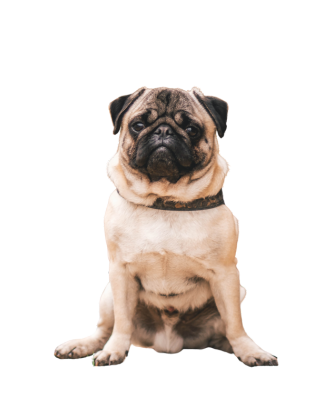
Training Needs for Pug
Pugs are intelligent but can be stubborn, making their training a mix of fun and challenge. Their playful nature can sometimes lead to habits like chewing or not listening if not guided properly. With consistent training, positive reinforcement, and early socialization, Pugs quickly pick up commands and good manners. They are not highly energetic but thrive on daily exercise like walking and playtime. A mix of mental stimulation and physical activity keeps Pugs happy, healthy, and well-behaved, while also preventing boredom-related mischief.

Puppy Stage (2–6 months)
Pug puppies are curious and eager to please, making early training crucial. Focus on potty and crate training to establish toilet habits, basic obedience commands like Sit, Stay, Come, Down, and Drop It, and house manners to prevent biting, chewing, and jumping. Introduce collars, harnesses, and short leash walks, encourage socialization with children, guests, and other dogs, and provide safe chew toys to manage teething.
Suggested Package: 8 Sessions

Adolescent Stage (6–18 months)
During this teenage phase, Pugs can test boundaries, so consistent training is crucial. Focus on leash walking without pulling, impulse control, and polite greetings to prevent jumping. Channel their energy with short fetch sessions and puzzle toys, and practice distraction training to maintain focus around people and other pets. Proper teenage training ensures a well-behaved, obedient, and happy adult.
Suggested Package: 12 Sessions

Adult Stage (1.5 years +)
The adult Pug is playful and loyal, requiring refined training. Focus on advanced commands like Heel, Leave it, Fetch, Drop it, and extended Stay, and leash control in crowded areas. Correct behaviors such as excessive barking or over-excitement, reinforce social manners around children, strangers, and pets, and engage them with fun tricks and mental stimulation to keep your adult Pug obedient, confident, and mentally sharp.
Suggested Package: 16 Sessions
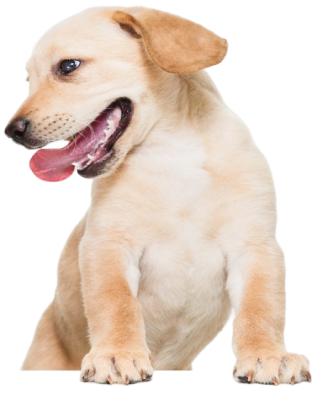
Dog Training: Expert Guidance at Home
Turn your pup into a well-mannered pro—where training meets success

Vet Visits

Puppyhood (0-1 Year):

Every 3-4 weeks until 16 weeks, then every 6-12 months.

Vaccinations, parasite control, neutering, and behavior guidance.
Adulthood (1-6 Years):

Annual check-ups.

Vaccine boosters, dental care, diet, exercising, weight management.
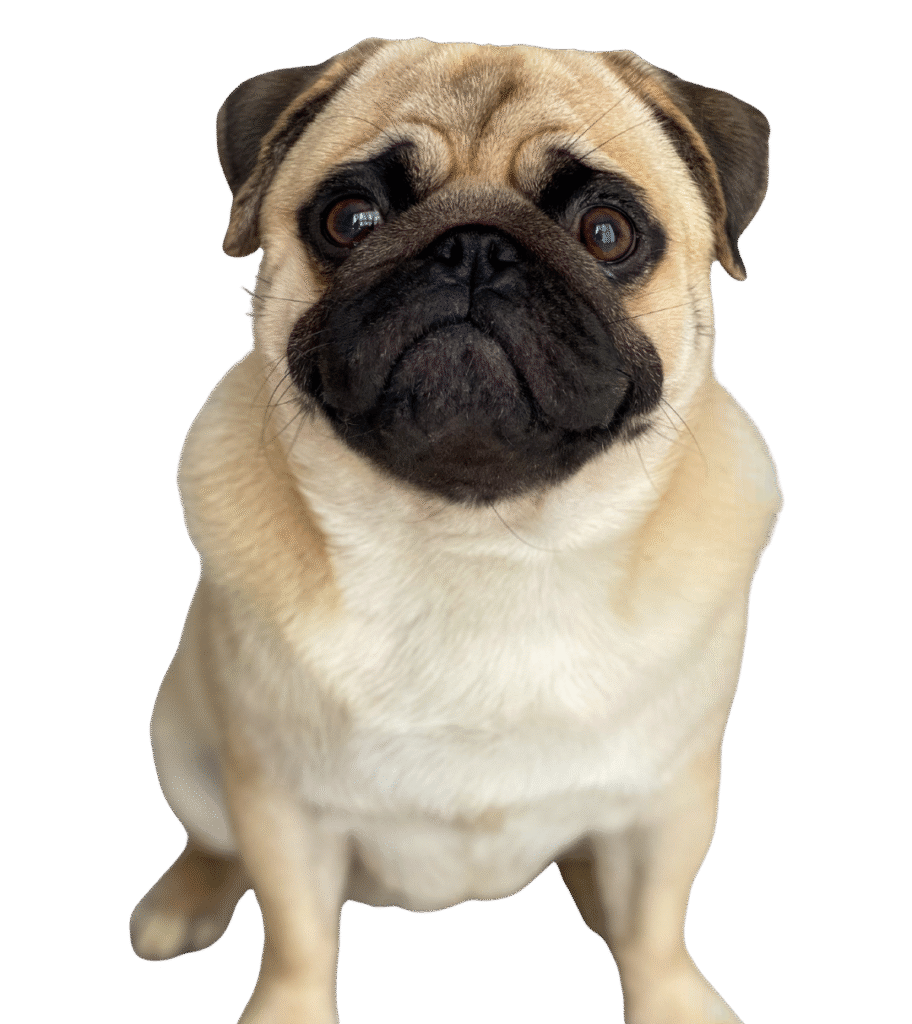
Mature adulthood (7-9 Years):

Annual or bi-annual visits.

Senior screenings, joint health, vision and hearing checks, and diet adjustments.
Senior years (10+ Years):

Bi-annual visits or more.

Comprehensive exams, pain management, cancer screening, quality of life, and senior nutrition.
Vaccination Schedule

First
6-8 week
Second
10-12 week
Third
14-16 week
Regular
Yearly once
Grooming
Pugs have a short, smooth coat that is relatively low-maintenance, but their facial wrinkles require special care. They should be brushed weekly to manage shedding and remove loose hair. Bathe them every 6-8 weeks, or as needed, to keep their coat clean.
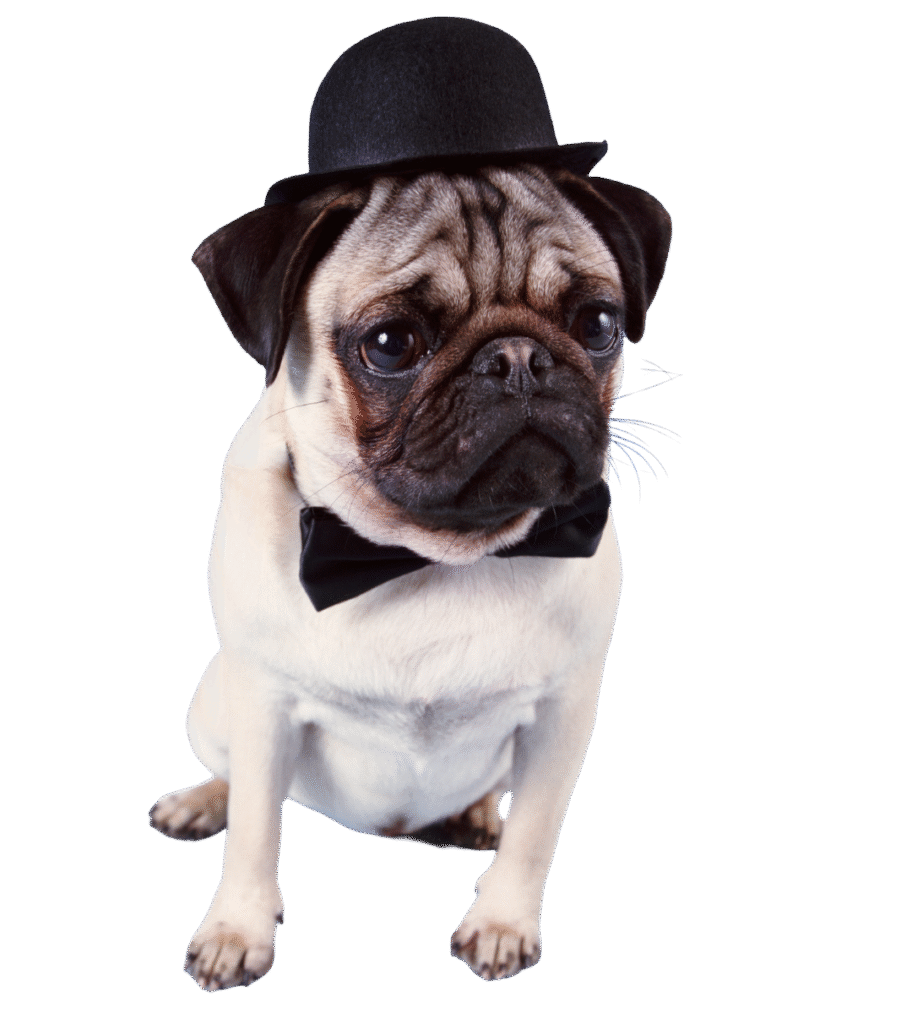
Brush & Bath guide
Pugs should have their nails checked and clipped regularly—typically every 3 to 4 weeks. Their active lifestyle can help wear down the nails, but a regular clipping routine is important to prevent overgrowth which can cause pain and difficulty walking. Regular checks of their paw pads for cuts or irritation are also recommended.
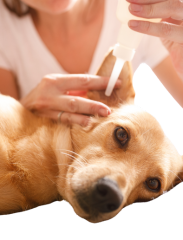
Ear Cleaning
Pugs should have their ears checked and cleaned about once a week to prevent infections and wax buildup. Use a vet-recommended ear cleaner and cotton balls to gently clean the outer ear. Regular checks help maintain ear health.
Nail clipping & Paw care
Labradors should have their ears checked and cleaned weekly to prevent infections and wax buildup. Use a vet-recommended ear cleaner and cotton balls for gentle cleaning. Regular ear care helps maintain overall ear health.
Period Care
During her period, use doggy diapers, provide comfort, and monitor her health. Keep her calm with extra attention and gentle care to ensure she feels secure.
Dental Care
Pugs are highly prone to dental disease due to their small mouths, so regular dental care is crucial. Brush their teeth daily to prevent plaque buildup. Additionally, provide dental chews and schedule annual vet check-ups to maintain oral health.
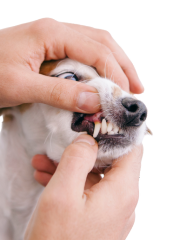
Give Your Pug a Spa Day at Home!
👉Regular grooming not only keeps shedding under control but also prevents skin infections and keeps your pup comfortable year-round.
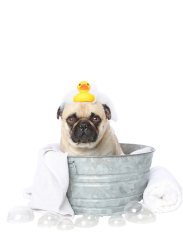

Health Conditions for PUG

Eye Problems
Pugs’ prominent eyes make them prone to injuries and conditions like corneal ulcers and dry eye.
Symptoms:
Redness, cloudiness, or excessive tearing
Squinting or pawing at the eyes
How to avoid:
Regular eye cleaning, keeping the face folds dry, and prompt veterinary care for any signs of irritation.
Obesity
Pugs gain weight quickly, which can worsen breathing and joint issues.
Symptoms:
Noticeable weight gain
Reduced activity levels
Labored breathing
How to avoid:
A balanced diet, portion control, and regular walks help maintain a healthy weight.
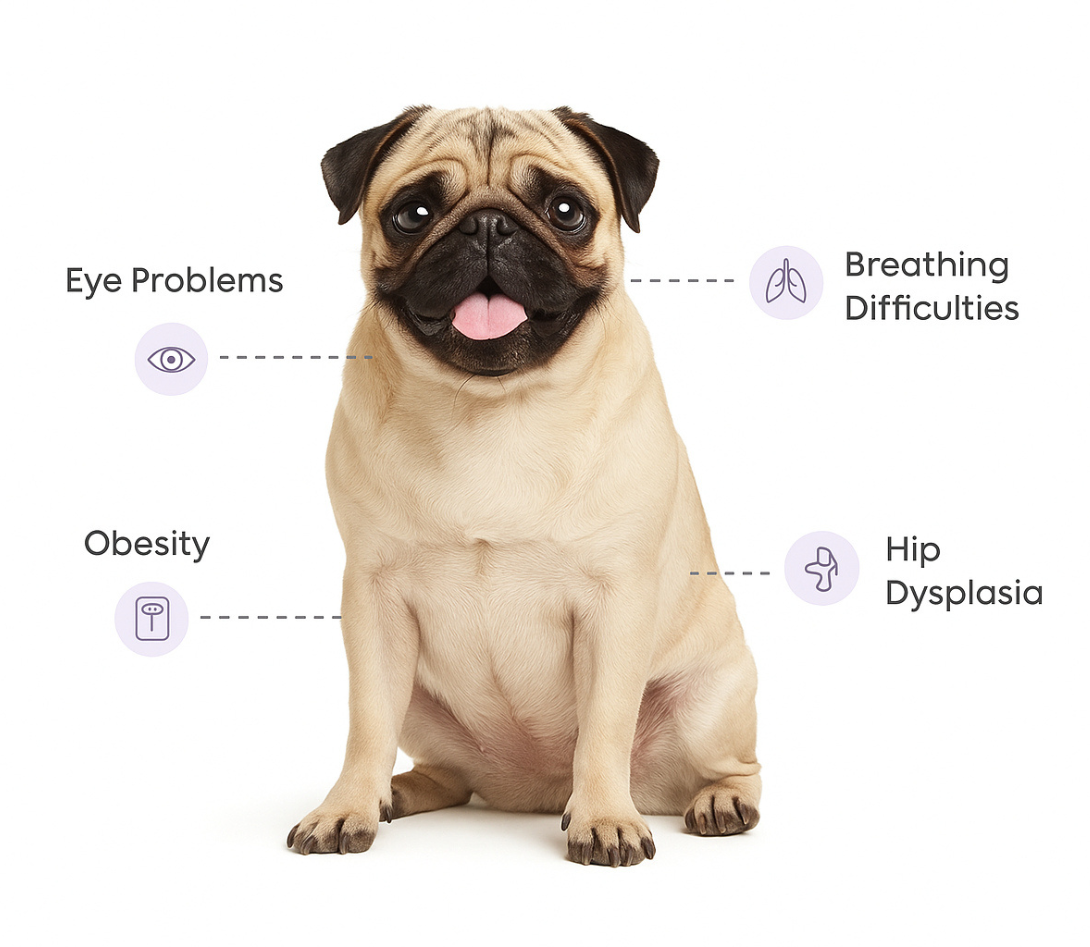
Breathing Difficulties
Due to their short noses (brachycephalic structure), pugs often struggle with breathing issues.
Symptoms:
Snoring, wheezing, or noisy breathing
Exercise intolerance and frequent panting
How to avoid:
Maintain a healthy weight, avoid overexertion, and keep them cool in hot weather. Severe cases may need surgical correction.
Hip Dysplasia
This joint condition can cause discomfort and mobility issues in pugs.
Symptoms:
Limping or stiffness
Difficulty climbing stairs
Reluctance to exercise
How to avoid:
Keep your pug’s weight in check, provide joint supplements if recommended, and encourage low-impact exercise.
Frequently Asked Questions
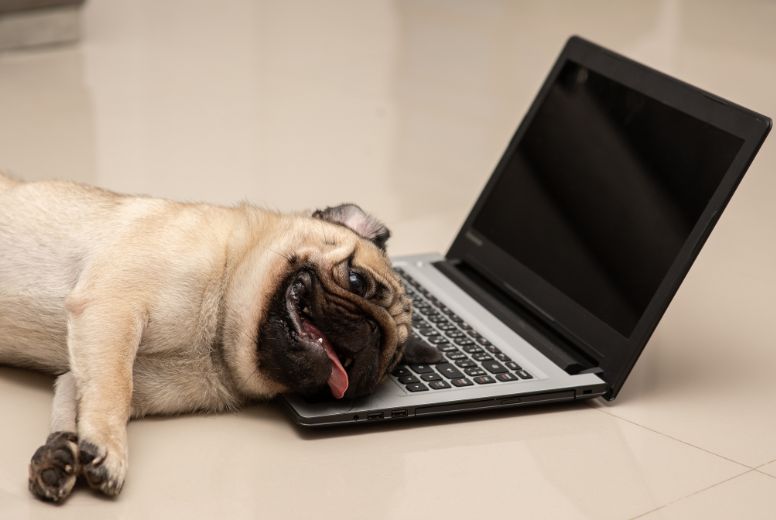
Pugs are intelligent but can be stubborn, so training requires patience and consistency. They respond best to positive reinforcement and short, fun training sessions. Early socialization and consistent training from puppyhood are crucial to overcoming their independent streak.
Pugs are not a high-energy breed. They thrive on short, daily walks and playtime. It’s important to avoid over-exertion, especially in hot or humid weather, due to their brachycephalic (short-nosed) faces, which make them prone to overheating and breathing difficulties.
Pugs have a short, low-maintenance coat that needs weekly brushing to manage shedding. Their most important grooming need is the daily cleaning of their facial wrinkles to prevent moisture buildup and skin infections. Their ears and nails also require regular cleaning and trimming.
Pugs are prone to several health issues, particularly related to their flat faces. Brachycephalic Obstructive Airway Syndrome (BOAS) can cause breathing problems. They are also susceptible to dental disease due to their crowded teeth, obesity, and eye problems. Regular vet check-ups are essential for monitoring their health.
Pugs are prone to obesity due to their love of food. It’s crucial to provide a balanced, portion-controlled diet and avoid overfeeding. Limit treats and ensure they get consistent, if low-intensity, daily exercise to maintain a healthy weight and prevent joint issues.




